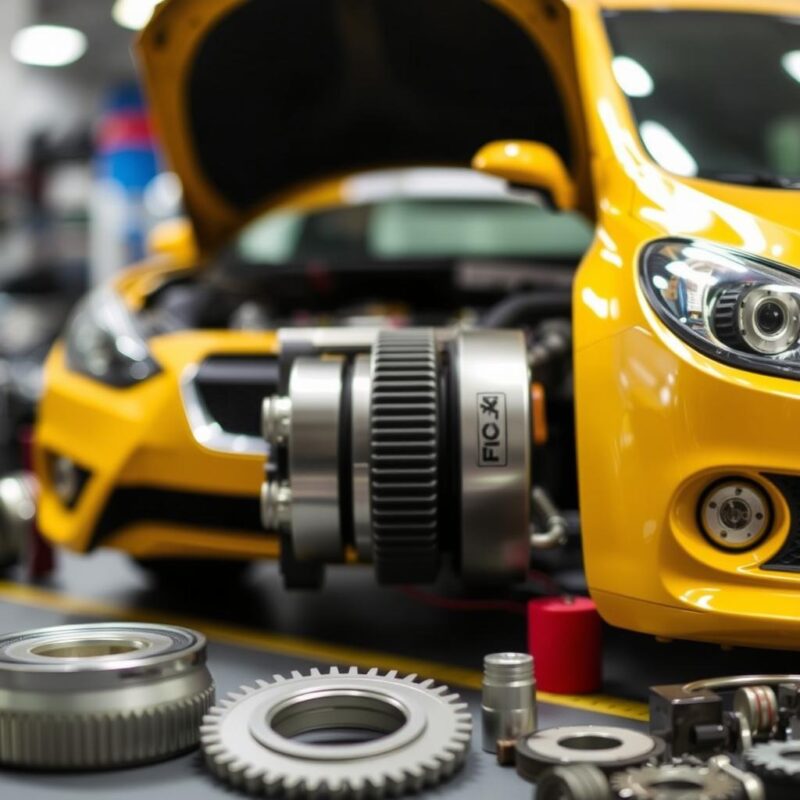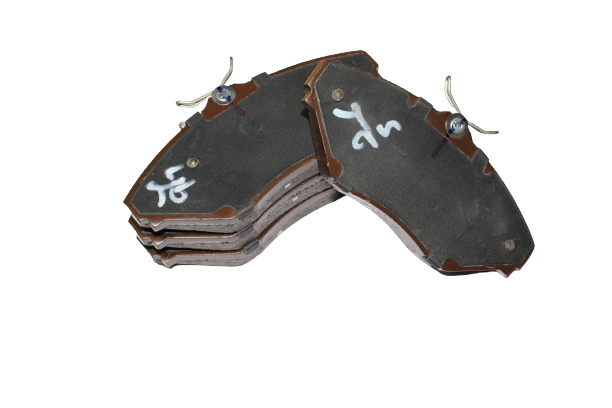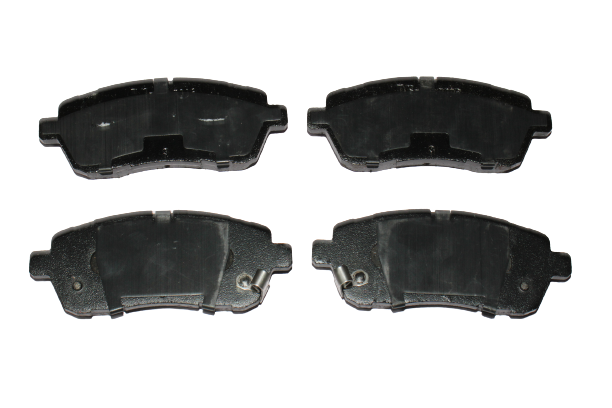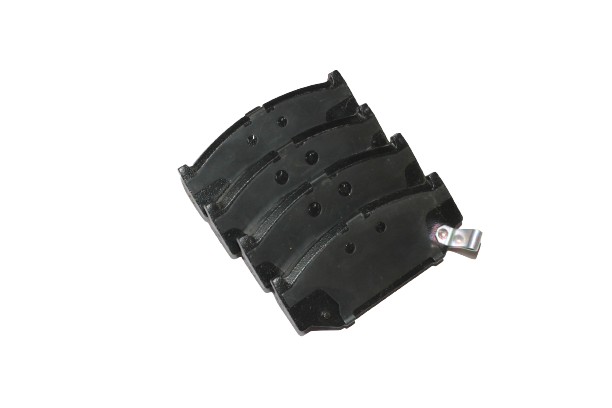Understanding the Pricing of Auto Parts in India: What Affects the Cost?
The auto parts market in India is vast and varied, with prices that can fluctuate significantly depending on a range of factors. Whether you’re a car owner, a mechanic, or someone in the automotive industry, understanding what drives the cost of auto parts can help you make more informed decisions. In this blog, we’ll delve into the key factors that affect the pricing of auto parts in India, offering insights into why prices vary and how you can ensure you’re getting value for your money.
1. Type of Auto Part
OEM vs. Aftermarket Parts:
One of the primary factors influencing the cost of auto parts is whether they are Original Equipment Manufacturer (OEM) parts or aftermarket parts. OEM parts are made by the same manufacturer that produced the original parts for your vehicle, ensuring a perfect fit and high reliability. However, this quality often comes at a premium price. On the other hand, aftermarket parts are produced by third-party manufacturers and can be more affordable, though the quality and fit may vary.
Genuine vs. Counterfeit Parts:
In India, the market is also flooded with counterfeit parts that mimic the appearance of genuine parts but are made from inferior materials. These parts are often sold at a fraction of the cost of genuine parts but can lead to serious issues down the line. Always purchase from reputable suppliers to avoid the risks associated with counterfeit parts.
2. Material and Manufacturing Quality
Material Composition:
The quality of materials used in manufacturing auto parts plays a significant role in determining their price. Parts made from high-grade materials such as stainless steel, aluminum, or carbon fiber are typically more durable and offer better performance, but they are also more expensive. Cheaper parts may be made from lower-quality materials that can wear out faster, leading to more frequent replacements.
Manufacturing Process:
Advanced manufacturing processes, such as precision engineering, CNC machining, and rigorous quality control, contribute to the higher cost of auto parts. These processes ensure that the parts meet stringent safety and performance standards, which is particularly important for critical components like brakes, engines, and suspension systems.
3. Brand and Reputation
Established Brands vs. Lesser-Known Brands:
The brand of the auto part can significantly impact its price. Established brands with a strong reputation for quality and reliability often charge a premium for their products. These brands invest heavily in research and development, quality control, and customer service, all of which contribute to the higher cost. Lesser-known brands or generic parts may offer lower prices, but the trade-off can be a reduction in quality, warranty, and after-sales support.
Country of Origin:
The origin of the part can also affect its cost. Imported parts, particularly those from countries known for high-quality manufacturing like Germany, Japan, or the USA, tend to be more expensive due to import duties, taxes, and shipping costs. Conversely, locally manufactured parts may be more affordable but could vary in quality depending on the manufacturer.
4. Demand and Availability
High-Demand Parts:
Auto parts that are in high demand, either because they are frequently replaced or because they fit popular vehicle models, may be priced higher due to the basic economic principle of supply and demand. For example, parts for widely used vehicles like Maruti Suzuki or Hyundai models might be more expensive than those for less common brands or older vehicles.
Rare or Obsolete Parts:
If you own a rare, luxury, or discontinued vehicle, finding replacement parts can be challenging. In such cases, parts may need to be specially ordered or custom-made, driving up the cost. Obsolete parts for older vehicles that are no longer in production can also be more expensive due to limited availability.
5. Market Competition
Price Variations Across Retailers:
The level of competition among auto parts retailers and distributors can influence prices. In highly competitive markets, retailers may offer discounts, promotions, or price matching to attract customers. Conversely, in areas with limited competition, prices may be higher due to a lack of alternatives. It’s always a good idea to compare prices from multiple sources before making a purchase.
Online vs. Offline Pricing:
The rise of e-commerce has introduced a new dynamic to auto parts pricing. Online retailers often have lower overhead costs compared to brick-and-mortar stores, allowing them to offer more competitive prices. Additionally, online platforms provide the convenience of price comparison, making it easier for consumers to find the best deals. However, it’s important to consider shipping costs and delivery times when purchasing parts online.
6. Government Policies and Taxes
Import Duties and Taxes:
Government policies, including import duties and taxes, play a significant role in the pricing of auto parts. Imported parts are subject to customs duties, which can increase the final price. Additionally, Goods and Services Tax (GST) is applicable on all auto parts, with rates varying depending on the type of part. Staying informed about these taxes can help you understand the price breakdown and avoid any surprises.
Regulations and Standards:
Compliance with government regulations and safety standards can also affect the cost of auto parts. Parts that meet specific safety, environmental, or performance standards may be more expensive due to the additional testing, certification, and quality control required. However, these parts offer the assurance of meeting legal requirements and ensuring the safety and efficiency of your vehicle.
7. Warranty and After-Sales Service
Warranty Coverage:
Parts that come with a warranty or guarantee typically cost more than those without. A warranty provides peace of mind, ensuring that you’re protected in case of defects or premature failure. While the initial cost may be higher, the long-term savings from avoiding frequent replacements or repairs can make it a worthwhile investment.
After-Sales Support:
The availability of after-sales support, including installation services, customer service, and technical assistance, can also influence the price of auto parts. Reputable brands that offer comprehensive after-sales support may charge a premium, but this can be beneficial in ensuring proper installation and addressing any issues that arise post-purchase.
8. Currency Exchange Rates
Impact of Exchange Rates on Imported Parts:
For imported auto parts, fluctuations in currency exchange rates can affect prices. A stronger domestic currency can make imports cheaper, while a weaker currency can drive up costs. If you’re purchasing parts that are imported or priced in foreign currencies, it’s important to consider the current exchange rates and how they might impact your purchase.

Conclusion
Understanding the factors that influence the pricing of auto parts in India can help you make informed decisions, whether you’re buying parts for routine maintenance, repairs, or upgrades. By considering the type of part, material quality, brand reputation, demand, competition, government policies, warranty, and exchange rates, you can better navigate the market and find the best value for your money.
At BharatAutoSolution, we are committed to providing high-quality auto parts at competitive prices. With a wide selection of OEM and aftermarket parts, backed by excellent customer service and expert advice, we’re here to help you keep your vehicle in top condition without breaking the bank. Visit our website or contact us today to explore our offerings and find the perfect parts for your vehicle.




